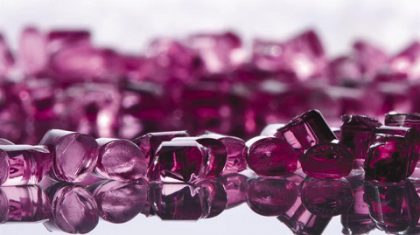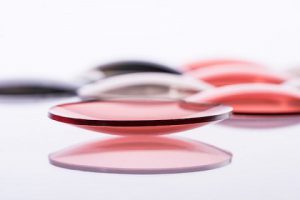Evonik has developed a new polyamide moulding compound for optical applications. TROGAMID® myCX high flow offers clear transparency, excellent wear comfort and high durability along with improved processing capabilities.
has developed a new polyamide moulding compound for optical applications. TROGAMID® myCX high flow offers clear transparency, excellent wear comfort and high durability along with improved processing capabilities.
This unique property profile makes the high-performance polymer a preferred material for high-end lenses and visors, e.g. in sun visors or ski goggles. The specialty chemicals company will present TROGAMID myCX high flow at MIDO 2019 in Milan, Italy, between 23 and 25 February.
Combining the advantages of semicrystalline and amorphous molding compounds
The microcrystalline structure has the advantage that the positive properties arising from crystallinity, such as stress-cracking resistance, are retained without clouding of the material. The crystalline proportion is so low, however, that it does not negatively impact the shrinkage behavior of the molded part; the isotropic shrinkage behavior observed in amorphous materials is retained in TROGAMID® CX. The material combines the chemical resistance of semicrystalline molding compounds with the advantages of amorphous, UV-resistant molding compounds. The outstanding properties of TROGAMID® CX are:
- crystal clarity and permanent transparency, with high transmission (92%)
- outstanding chemical and stress-cracking resistance
- high dynamic strength (number of load cycles)
- very high toughness, even at low temperatures
- abrasion resistance and scratch resistance
- very low isotropic shrinkage

The product range allows a large variety of applications and meets various requirements profiles. Other products, such as colored grades and those offering transparent laser marking, are available on request.
For optical applications such as lenses for sports glasses and sunglasses, we offer compounds named TROGAMID® myCX of particularly high purity, which are subjected to strict and specially designed quality checks. The refractive index of this material is 1.516.
In addition, the new transparent polyamide by Evonik can be combined with all frame materials.
You can read more at the following sources:
Edited by: Samaneh Marjani















